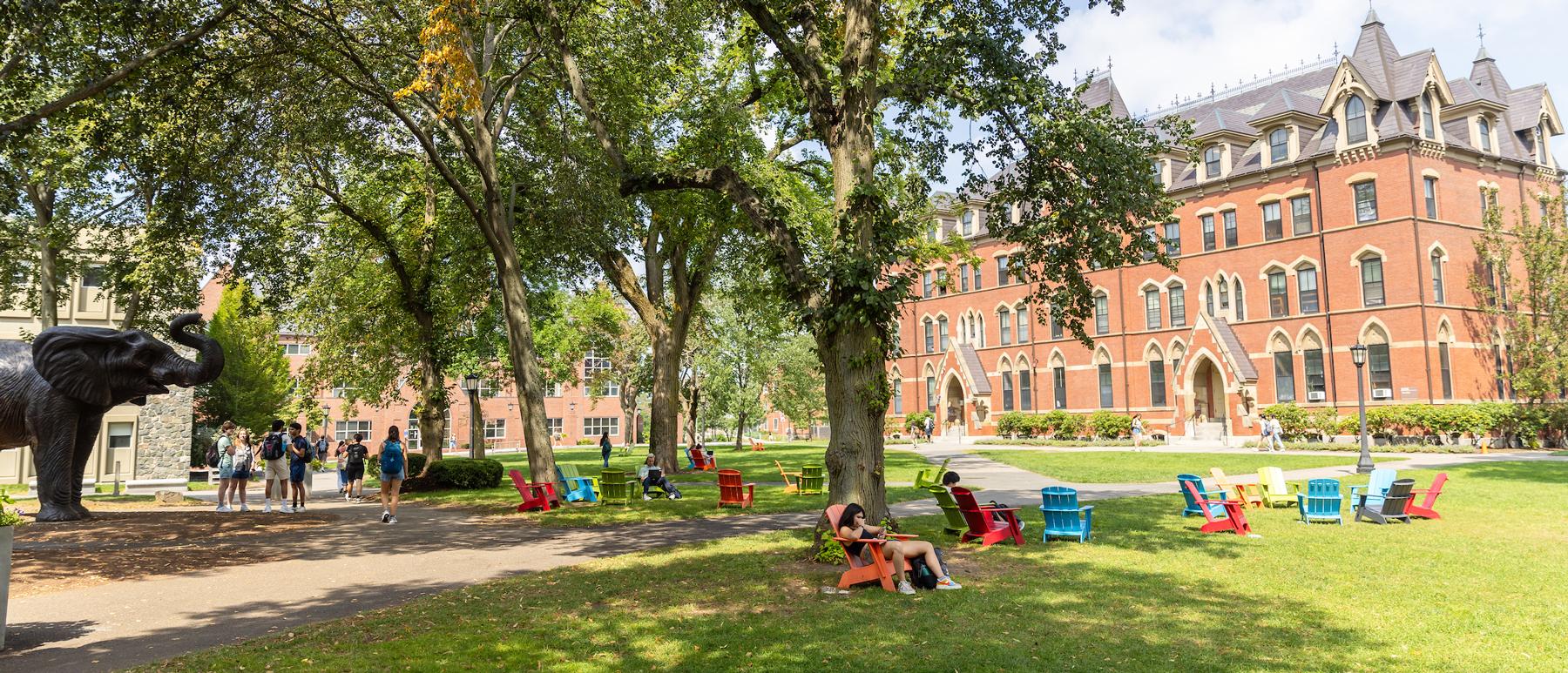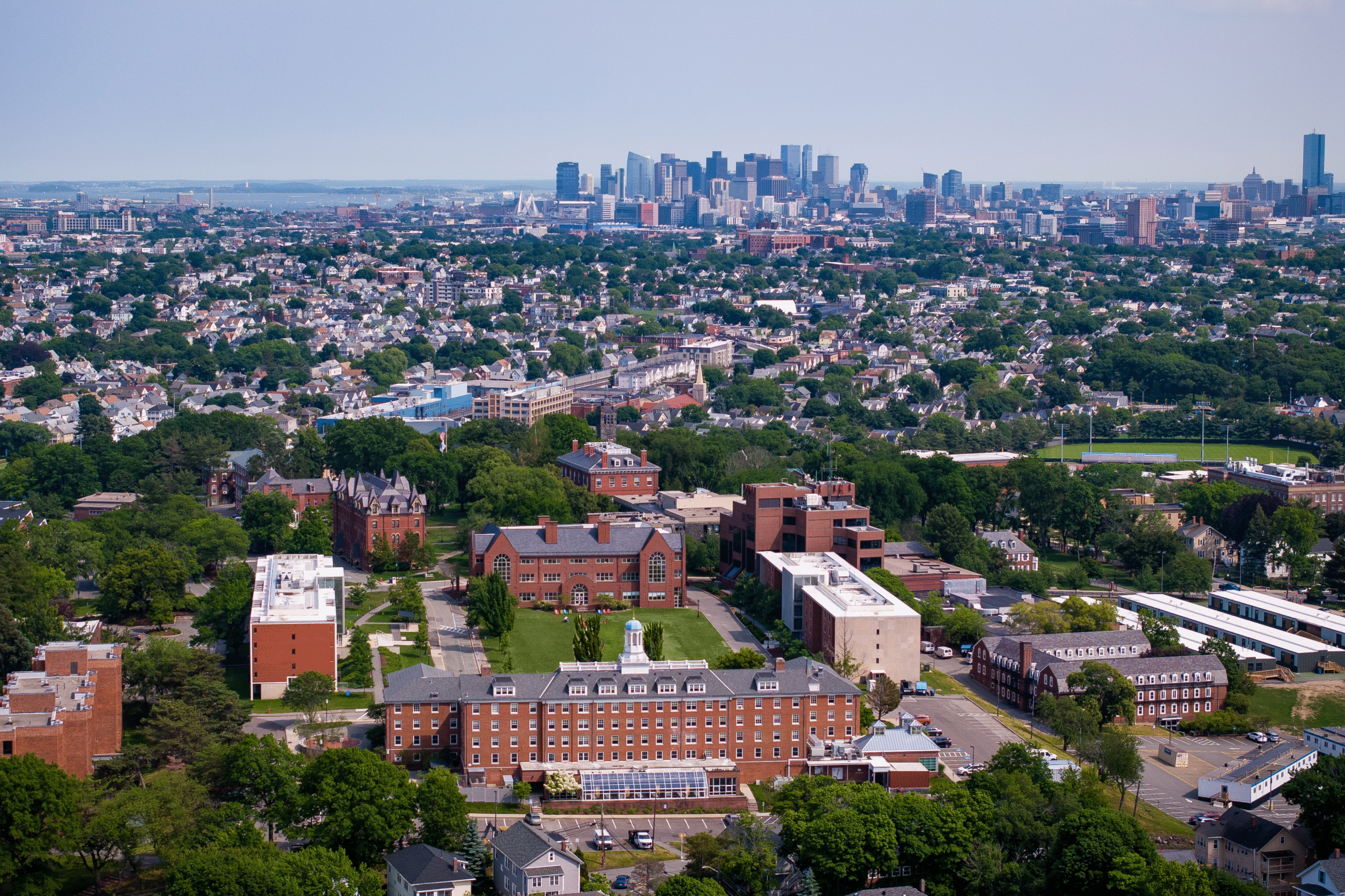Tufts University
If you’re looking for a university that blends liberal-arts breadth with serious research, hands-on learning, and a civically engaged culture, Tufts University deserves a close look. With roots in the mid-19th century and campuses that span both a classic college setting and Boston’s health-sciences hub, Tufts offers a mix of tradition and momentum that’s hard to beat.
Quick facts (at a glance)
- Founded: 1852; private research university
- Location: Main campus in Medford/Somerville (near Davis Square) with additional sites in Boston (health sciences) and the Fenway area (SMFA at Tufts)
- Total enrollment: roughly 13,000+ students across undergraduate and graduate programs
- Student success: first-year retention around mid-90%; six-year graduation rate also in the mid-90% range
- Selectivity: admission is highly selective (low-teens acceptance rate)
- Cost of attendance: tuition in the low-$70Ks, with total estimated cost (housing/food/fees) typically in the low- to mid-$90Ks
- Endowment: multi-billion-dollar range supporting aid, research, and academic initiatives
- Mascot: Jumbo the elephant—one of higher-ed’s most distinctive mascots
Numbers above are rounded and may vary year to year; always confirm the latest figures on official pages.
Academics & schools
Tufts is organized across multiple schools, which lets students combine fields with real flexibility:
- The School of Arts & Sciences and the School of Engineering anchor the Medford/Somerville campus.
- The School of the Museum of Fine Arts (SMFA) at Tufts in Boston’s Fenway district gives artists and designers access to studio intensity and world-class museums.
- Health-focused graduate programs—including Medicine, Dental Medicine, Nutrition, and Biomedical Sciences—are based on the Boston Health Sciences campus downtown.
Interdisciplinarity isn’t just a buzzword here. It’s common for engineers to take civic studies courses, for artists to use data in studio projects, or for liberal-arts students to mix computer science and entrepreneurship. You get research-university resources without losing small-class access to faculty.
Learning by doing: co-ops, research, civic life
A defining feature at Tufts is the balance of academic rigor with real-world experience. In the School of Engineering, departments such as Computer Science, Biomedical Engineering, and Mechanical Engineering offer co-op programs where undergraduates work in industry for extended, paid roles. Across all majors, internships are common and supported by a proactive career center.
Civic engagement is woven into the fabric of campus life. The Jonathan M. Tisch College of Civic Life serves as a university-wide hub that helps students connect their studies to community-driven work—through courses, funded projects, and pathways for public-interest engagement. If you care about policy, public health, education, or local partnerships, this is a signature advantage.
Undergraduates also find plentiful research opportunities—both on the Medford/Somerville campus and through connections to Boston hospitals and labs. You don’t have to wait for graduate school to do meaningful research.
Admissions: what to know
Tufts is selective and holistic. A typical year sees tens of thousands of applications and a low-teens acceptance rate. The university has operated with test-optional policies in recent cycles, and while many admitted students still submit strong SAT/ACT scores, Tufts emphasizes:
- Academic rigor (challenge of your curriculum)
- Context (your school, country, or system)
- Essays that reflect authenticity and fit
- Recommendations that speak to intellectual curiosity and character
- Activities that show impact, initiative, or community engagement
International applicants will find clear guidance on English proficiency and application logistics, and Tufts reads applications with sensitivity to different educational systems (IB, A-levels, national exams, etc.).
Cost, aid, and value
Sticker prices across selective New England universities are high, and Tufts is no exception. But the headline number isn’t the final word. The university offers need-based financial aid and encourages families to use net price calculators to estimate an individual cost. For many students, grants and scholarships significantly reduce the out-of-pocket total.
The endowment and donor support help fund aid, academic innovation, and research opportunities—long-term signals of institutional stability and investment in students.
Student life, location, and community
Tufts’ geography is a major perk. The Medford/Somerville campus sits on a leafy hill a short walk from Davis Square, with easy subway access into downtown Boston. The Green Line extension to Medford/Tufts further connects the campus to the city’s neighborhoods, startups, hospitals, and cultural venues. Meanwhile, the SMFA campus places art students amid Boston’s Fenway district, steps from the Museum of Fine Arts and the Isabella Stewart Gardner Museum.
Campus culture balances collaboration with ambition. You’ll find a wide spectrum of student organizations—entrepreneurship, public policy, robotics, consulting, debate, a cappella, performance groups—along with D-III athletics in the NESCAC conference. Traditions and community events are anchored by Jumbo, who’s more than a mascot; he’s a campus icon.
International students
Tufts has a genuinely global student body. International students typically comprise a notable share of undergraduates (and an even larger share at the graduate level), representing dozens of countries. The International Center supports immigration advising, employment questions, housing, taxes, and cultural programming—practical help that eases the transition to campus and Boston life.
Outcomes
High retention and graduation rates reflect strong academic support and a community that fits. Combined with co-ops, internships, research, and Boston-area networks, Tufts graduates pursue roles in tech, consulting, health, policy, arts, and graduate/professional schools. Alumni often highlight faculty mentorship, access to opportunities, and the blend of liberal-arts and research as differentiators in the job market.
Who thrives at Tufts?
- Bridge-builders who like crossing boundaries—engineering + policy, art + data, biology + entrepreneurship
- Civically minded students who want coursework to connect with real communities
- Self-starters who appreciate faculty access, smaller seminars, and flexible paths
- Artists & designers who want studio intensity plus research-university resources
- Global citizens who value diversity and proximity to international-facing industries and NGOs
Tips if you’re considering Tufts
- Lean into fit in your application—why Tufts’ blend of liberal arts + research + civic engagement aligns with your goals.
- If you choose to submit scores, aim to be competitive within recent middle-50% ranges; if not, focus on rigor, essays, and recommendations that show intellectual curiosity and impact.
- Explore co-ops, internships, and research early; these experiences often shape your upper-level coursework and open doors to full-time roles.
- If cost is a concern, run the net price calculator and read aid pages carefully—especially for international families.
- Visit both the Medford/Somerville and Boston sites if you can; each offers a different slice of Tufts life and potential internship neighborhoods.
Bottom line: Tufts combines an 1852 heritage with a modern, hands-on education. You get the flexibility of a research university, the community feel of a liberal-arts campus, deep ties to Boston’s innovation economy, and an ethos that asks students to use their learning for the common good. If that balance of intellectual range, practical experience, and civic purpose resonates with you, Tufts belongs on your shortlist.



